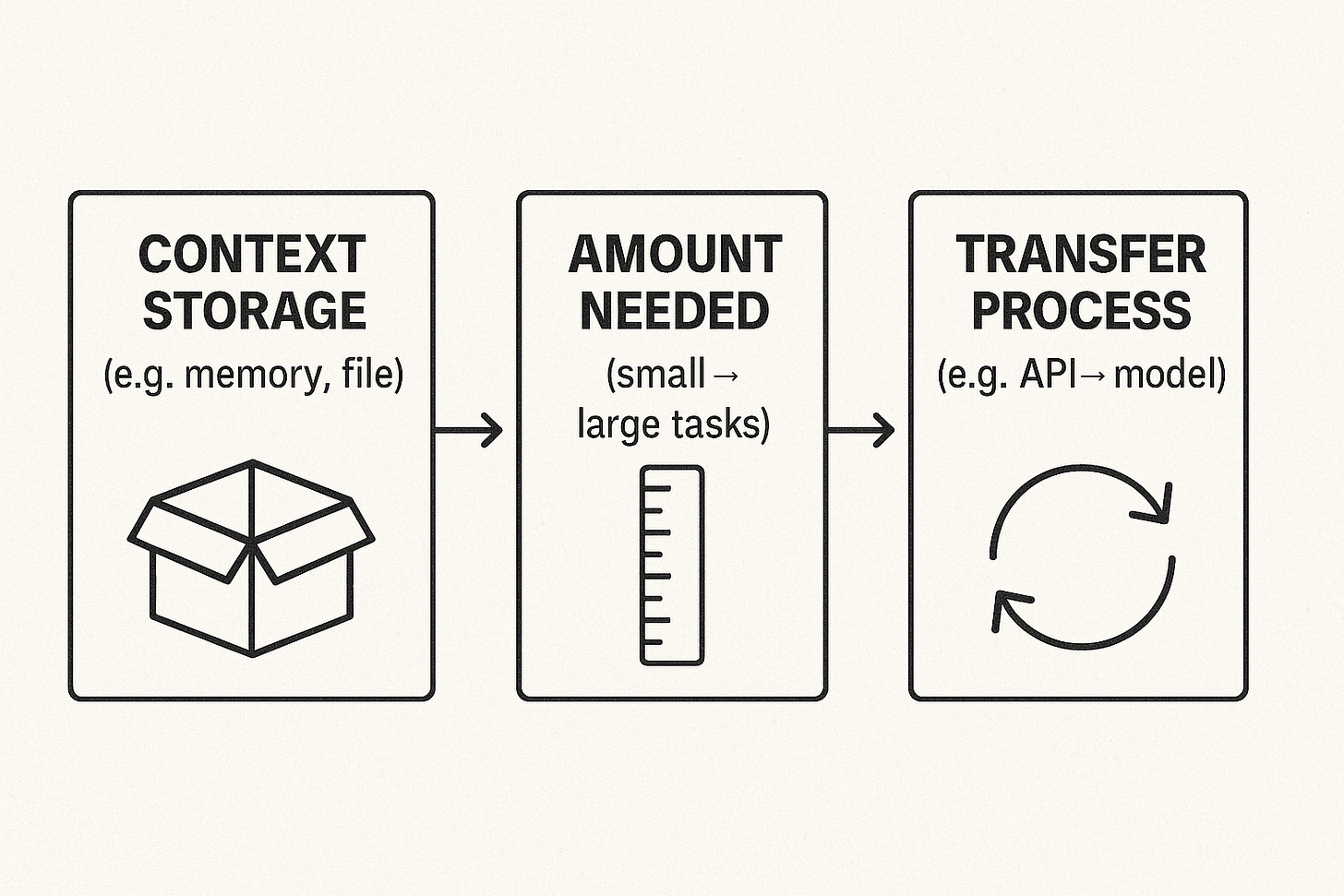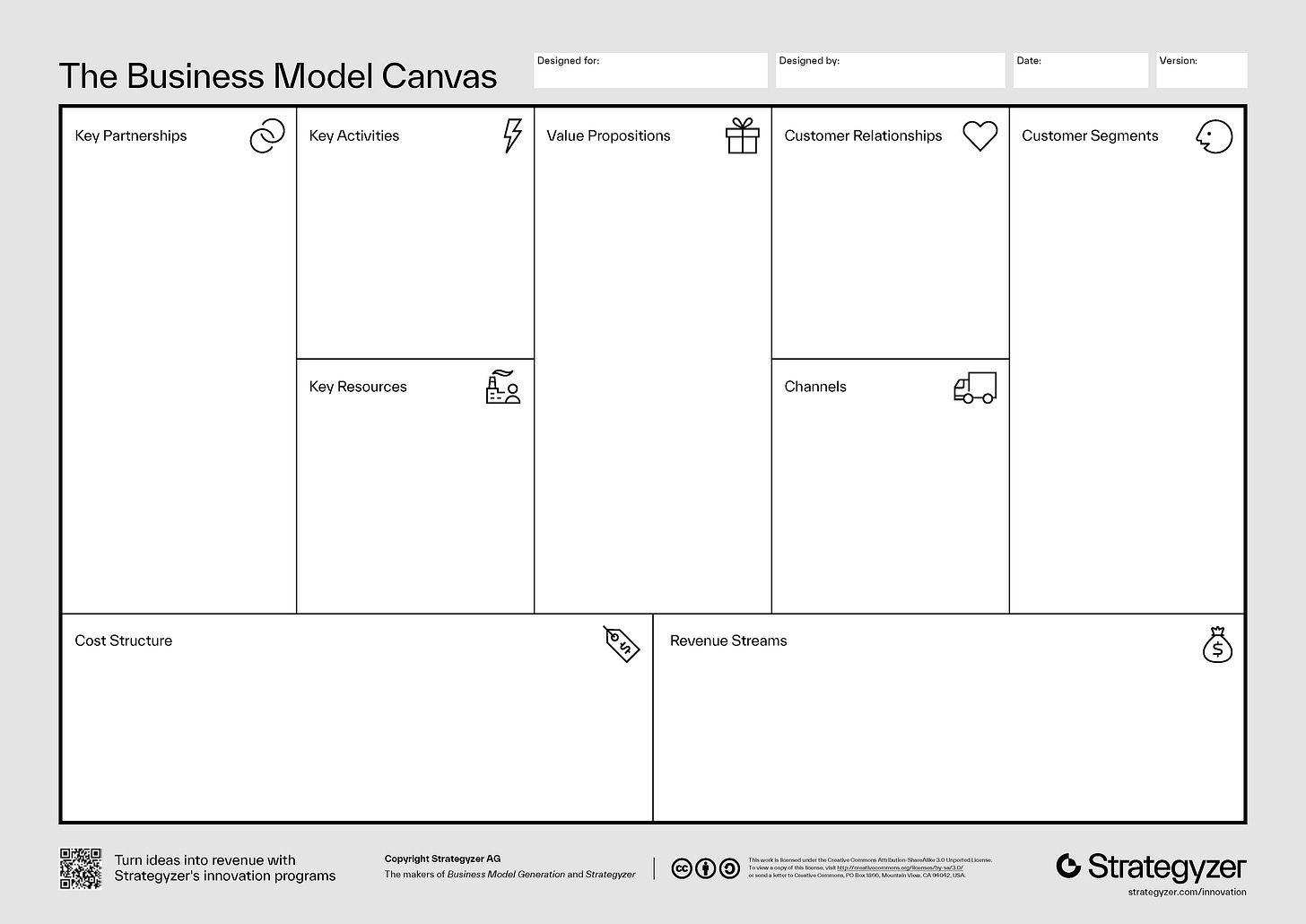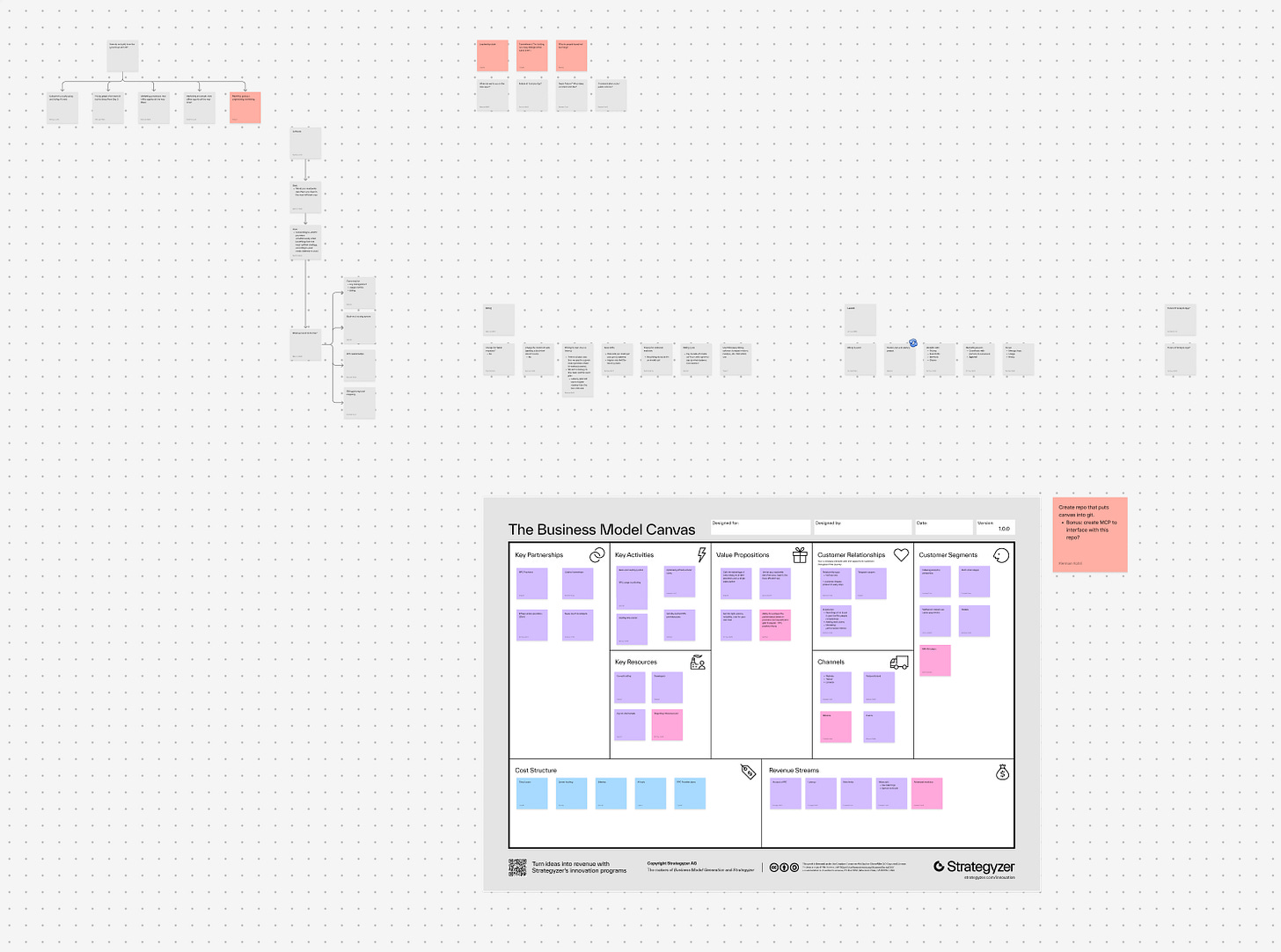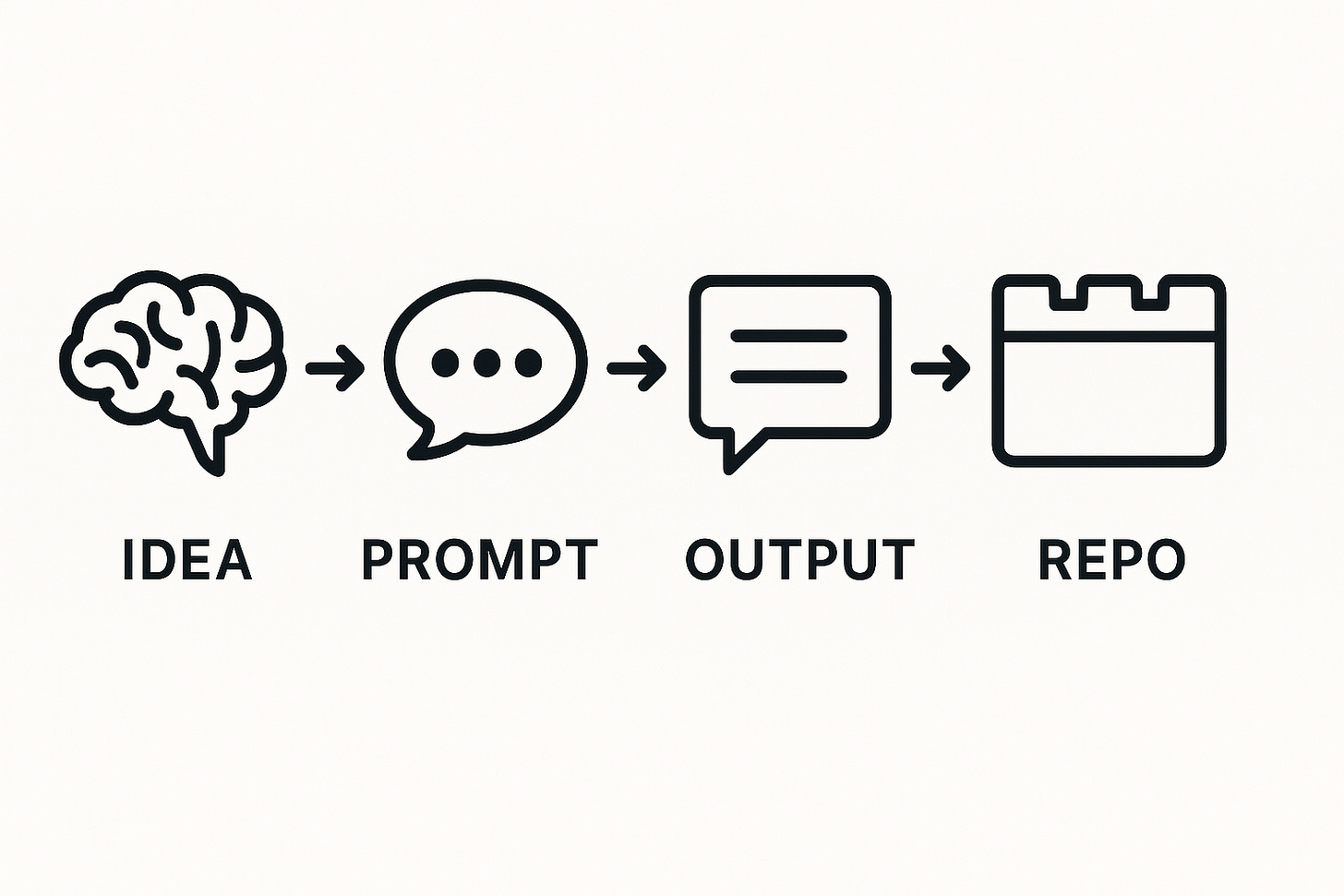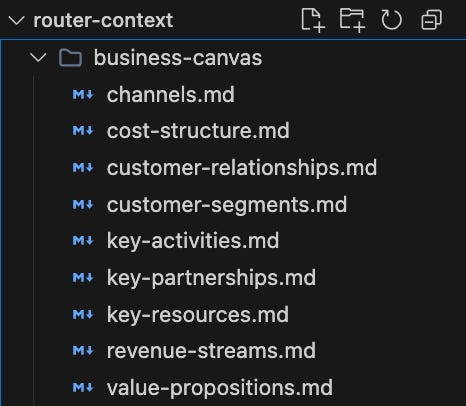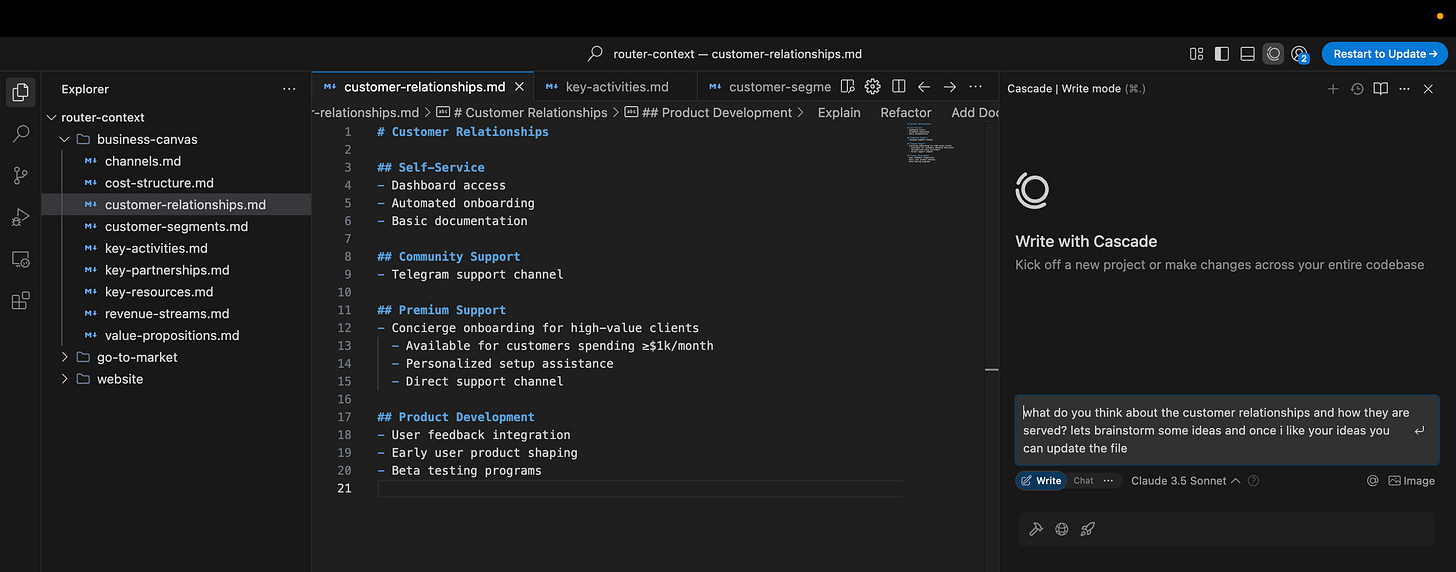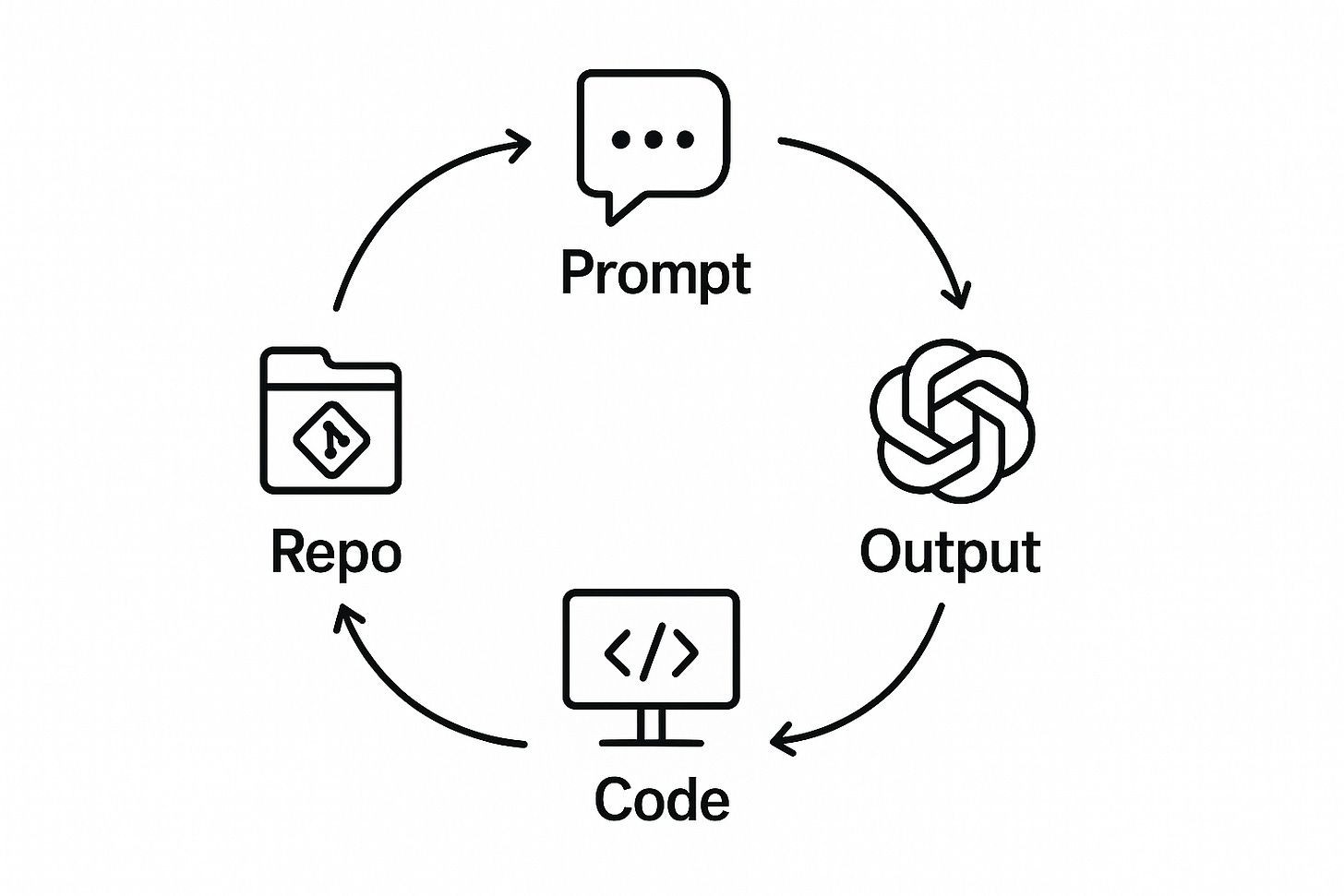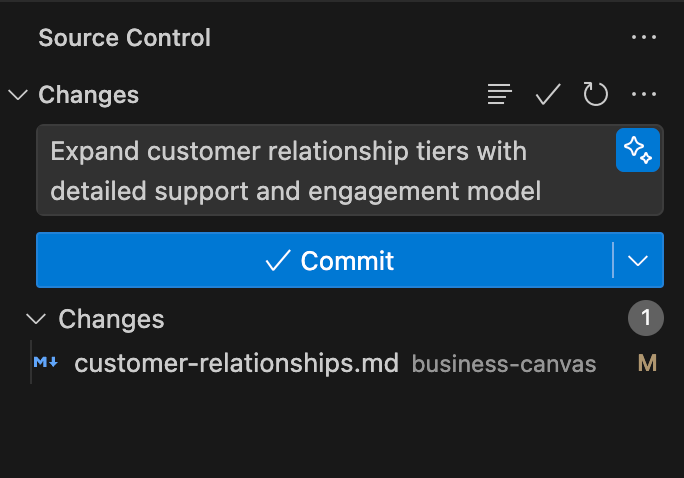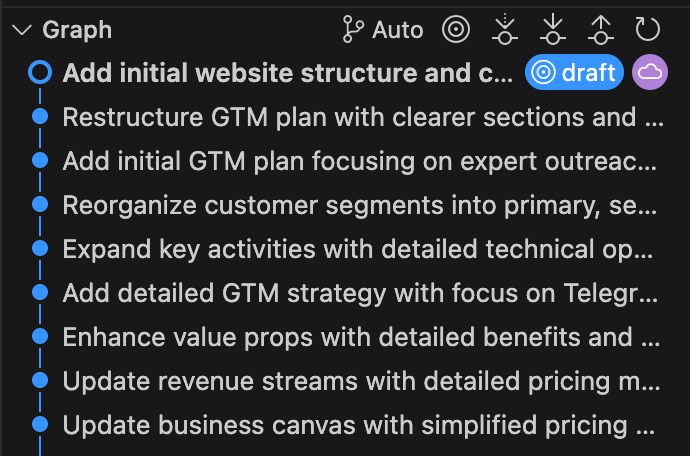There’s lots of buzz and chatter about building AI companies but very little know-how on how to do so. I thought I’d outline in this article what we’re doing for our new product line (following on from my last post around sunsetting our analytics product). Let’s begin! Even though you think you may know where this is going, you probably won’t, so make sure to read through!
Most people get too caught up with “prompt engineering”. That’s jumping the gun when thinking about things in the AI world. Context comes first. However, when building systems you have to be systematic and thoughtful about:
-
Where the context lives lives
-
How much is needed for the task
-
What processes will allow it to be transferred
I want to write this series from the perspective of what you should do assuming you’re starting a new company/product so for any business the most important context is the business context itself!
You can use any framework you’d like but I found downloading something like this Business Model canvas that has basic things any business should try to answer.
The reason why you use this is so that you can import it into FigJam to collaborate with another team member to jam on this collaboratively. Here’s the above canvas filled out but also the brainstorming that happens around it.
So now that you have all this context filled out and hopefully well thought out, you can screenshot/save the filled out canvas into ChatGPT with a simple prompt like:
Extract all the information from this canvas. Structure it in markdown withe each box being a title and ensure that all the cards are extracted out in more complete sentences.
The output of this will then basically give you a somewhat long text output which is your raw context.
Now this is where most people get it wrong, they leave this context in ChatGPT or keep adding to it in that single chat. This is how context dies. Instead we’re going to do something different.
What’s the alternative you may be asking? Well the answer is git repositories! For those of you that don’t come from a software engineering background, git is a protocol that allow software engineers to collaborate on software by allowing you to manage changes, conflicts etc. I won’t explain more here since you can easily ChatGPT to understand the rest.
Carrying on, you basically create a new git repo on something like Github and then download Windsurf and connect your repo. My choice around Windsurf will be apparent later.
Now, you open up Windsurf, you take the output of your ChatGPT from the business model canvas and append the following prompt
Create a new folder called “business-canvas” in the root of this project and then create a new file for each of the headings in the text above. Ensure all of the files for each heading are structured as markdown and follow kebab-case formatting.
This will now create a bunch of files in your repository that has all your files in a folder. Given these are going to be kind of sparse, you will need to go through each of them toe ensure they are correct and things haven’t got lost in translation.
Okay now that you’ve done all the hard work of creating and saving your context in software native protocols it can be manipulated just like you manipulate code! So for example, I’ve prompted the following in the chat window to the right
what do you think about the customer relationships and how they are served? lets brainstorm some ideas and once i like your ideas you can update the file
Once I’m happy with the output I can then update this file. I can continue to rinse and repeat this process continually to create new files, merge contexts etc.
Where this gets really powerful is now that from an engineering perspective, you can add this repo/folder to codebase through this option.
What this then allows you to do is let your AI code editor write code with all of the business context baked directly in! No need to re-explain what your business is, what it does etc. It’s all pre-baked. However you have to commit as an organisation to using this repo for all your context. If you use Notion to store this context it will be lost. You can use MCPs but Notion’s APIs suck and doesn’t have good version control. Because you business context becomes code-ified it means you can commit any updates to your thinking through git commits that are auto generated.
So after the above prompt I can go to my source control pane and it figures out what changed and lets me commit it in one shot.
This has the added benefit of being able to see how the thinking around the business context has changed over time (just like a codebase).
Your context repo can also serve as a valuable place for engineers to document any technical assumptions that the business team would want to know or that the marketing/sales team would need access to. The key is that you need to create a shared culture around committing to code-first context (no Google Docs or Notion)!
I could carry on here but I think this should be sufficient for the first part of this series. What I wanted to demonstrate in this post is how you can can build, transform and remix context across different mediums/platforms in ways that plays to each platform’s strength. Knowing the right tool for the right job is critical when being in AI land and having a good grasp on the tools at your disposal is just as important. If you have never used git or Windsurf before this post, I suggest you probably change that ASAP.
One key realisation I’ve had through all this AI transition is you need a 100% AI-native culture. If you don’t have complete buy-in and have people that explore this stuff in their free time you’re going to struggle to create new powerful systems like this. The struggle is real and I’ve found when conducting hiring interviews this is a new criteria that is remarkably hard to hire for too. Using code editors, learning git etc can feel deeply uncomfortable and many may still think “this AI thing is a fad” or “why would i use something that gets things wrong 60% of the time”. These people will resist these newer working methodologies.
There’s an entirely new way to build companies and the reward for being able to execute on it is wide open. I hope this helps you advance in your journey.


